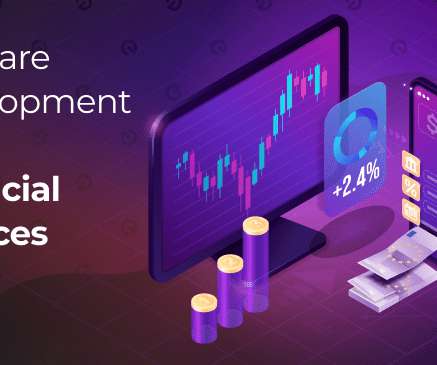From CI Pipelines to Assembly Lines – The Next Wave in DevOps
RapidValue
SEPTEMBER 30, 2019
Continuous Integration (CI) has evolved significantly over the last few years. The Shift of Focus From CI Pipelines to DevOps Assembly Lines. The ultimate goal of DevOps is to improve collaboration between all stakeholders from planning through delivery and automation of the delivery process. Native integrations.
















Let's personalize your content